Laos travel tips
Planning a trip to Laos? This beautiful, landlocked country is known for its stunning landscapes, rich culture, and warm hospitality. To help you make the most of your journey, we’ve gathered essential travel tips covering everything from local customs to transportation and safety. Whether you’re exploring ancient temples or cruising the Mekong River, these insights will ensure a smooth and enjoyable experience.
1. When Is the Best Time to Visit Laos?
The ideal time to explore Laos is from October to March, when the weather is pleasant and dry, perfect for sightseeing. For river travel, November to January is the most favorable period, as the Mekong River reaches its peak water levels, ensuring smooth navigation.
2. Laos Visa
Travelers visiting Laos for tourism can enter without a visa if they are citizens of the following countries: Japan, South Korea, Russia, Greece, Finland, Sweden, Norway, Denmark, Luxembourg, Belgium, Austria, Switzerland, Spain, and ASEAN nations.
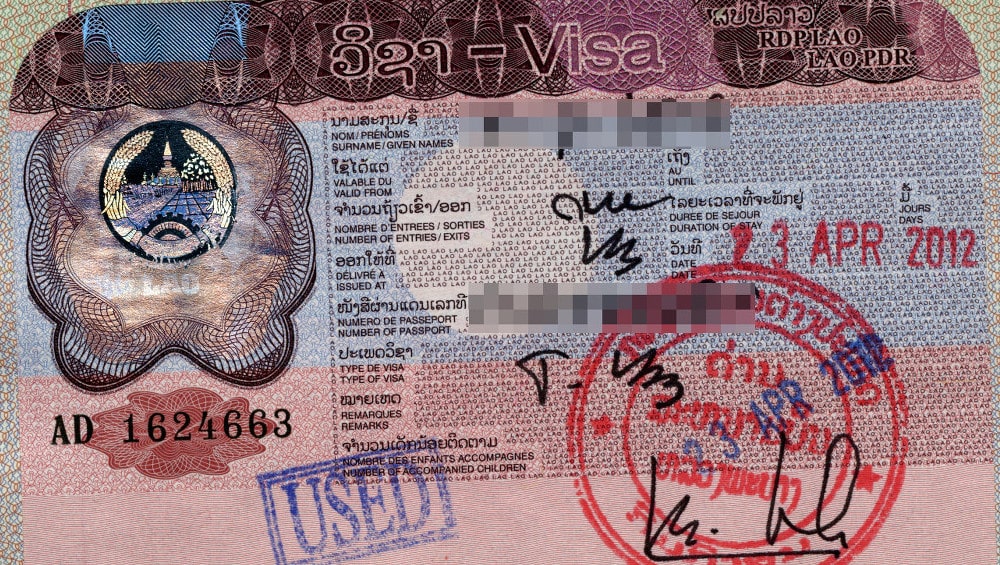
Citizens of the following countries can obtain a Visa on Arrival at Laos’ airports or apply for an E-Visa before traveling: Australia, Canada, the US, the UK, New Zealand, Germany, France, Italy, the Netherlands, Ireland, Portugal, Poland, Czech Republic, Slovakia, Slovenia, Hungary, Romania, Bulgaria, Estonia, Latvia, Lithuania, South Africa, Mexico, Argentina, Brazil, Chile, Colombia, Peru, Paraguay, Uruguay, Bolivia, Ecuador, and more. Applications can be submitted online at https://laoevisa.gov.la
Although travelers from the above-mentioned countries can obtain a Visa on Arrival (VOA), we highly recommend applying for a Laos E-Visa in advance. The E-Visa process is now quick and straightforward, allowing you to secure your visa before departure. Having an E-Visa will also help you save time upon arrival, as you can enter the country smoothly without waiting in long queues for a VOA at the airport.
When applying for or after receiving your Laos E-Visa, please take a moment to carefully review all details to ensure they match the information in your passport and international flight booking. This includes your full name, passport number, expiry date, date of birth, gender, entry period, and the airport/city of arrival in Laos. Any discrepancies could lead to complications upon entry.
3. Do’s and Don’ts in Laos
When visiting Laos, it’s important to respect local customs and traditions to have a smooth and enjoyable experience. Here are some essential do’s and don’ts to keep in mind during your trip.
Pick Up Some Lao Phrases
Learning a few Lao phrases can help you connect with locals and make your trip more enjoyable. Here are some basic expressions to get you started:
- Hello – Sabai dee
- Thank you – Khob chai
- Yes – Jao
- No – Baw
- Sorry – Khaw thot
- How much is this? – Anee tao dai?
- Goodbye – La khon
Carry Cash
When traveling in Laos, cash is essential, especially for small street vendors and local shops that do not accept cards. With $50 USD exchanging to over a million Lao Kip, you’ll become an instant “millionaire” upon arrival!
The Lao currency (Kip) is available in 50,000K, 20,000K, 10,000K, 5,000K, 2,000K, 1,000K, and 500K notes. The exchange rate is approximately 1 USD = 22,000 Kip, so it’s always a good idea to carry smaller denominations for convenience.
Bargaining Tips When Shopping
Bargaining is common in local markets and street shops in Laos, but not in shopping malls, where prices are usually fixed. To get a good deal, start by offering around half the asking price and negotiate from there. If the price isn’t right, politely walk away—this often encourages the seller to lower it. Remember, bargaining should be friendly and fair, so avoid being too aggressive or overly frugal.
Dress Respectfully
Whether exploring tourist sites or simply walking the streets, avoid wearing revealing clothing. When visiting temples and sacred sites, it’s important to cover your shoulders, arms, and knees as a sign of respect. If your outfit is too revealing, you may be required to wear a Lao skirt before entering certain religious places. Dressing modestly not only shows cultural sensitivity but also ensures a more comfortable experience.
Remove Your Shoes Before Entering Temples
While you can keep your shoes on when walking around temple grounds, you must remove them before entering temples or pagodas. Look for a designated area to place your shoes. This practice is a sign of respect and is strictly followed in Laos.
Avoid Riding a Motorbike
Motorbike accidents are common in Laos, so it’s best to avoid renting one unless you’re an experienced rider. If you do choose to ride, make sure to understand local traffic rules, wear a helmet, and exercise extra caution on the roads.
Avoid Homemade or Unlabeled Alcohol
In Laos, especially in Vang Vieng, avoid drinking homemade or unlabeled alcohol, as it may contain harmful substances like methanol, which can be dangerous to your health. Stick to sealed, branded beverages from reputable sources to ensure your safety.
Avoid Giving Gifts to Children
While it may seem kind to give money, stationery, or small gifts to children, this often does more harm than good. It can encourage begging and create dependency, which is a growing issue in many underdeveloped countries. Instead, consider supporting local charities or schools that work to improve children’s lives in a sustainable way.
4. What Are the Most Popular Local Foods in Laos?
Laotian cuisine is known for its bold flavors, fresh ingredients, and unique cooking techniques. From fragrant sticky rice to savory meat dishes, here are some of the most popular local foods you must try in Laos.
Khao Niaw
Khao Niaw is a traditional Laotian sticky rice dish, often paired with sliced mango. To achieve its signature texture, the rice is soaked overnight before being steamed the next morning. After cooking, it is kept in a covered container over hot water to maintain its warmth and stickiness.
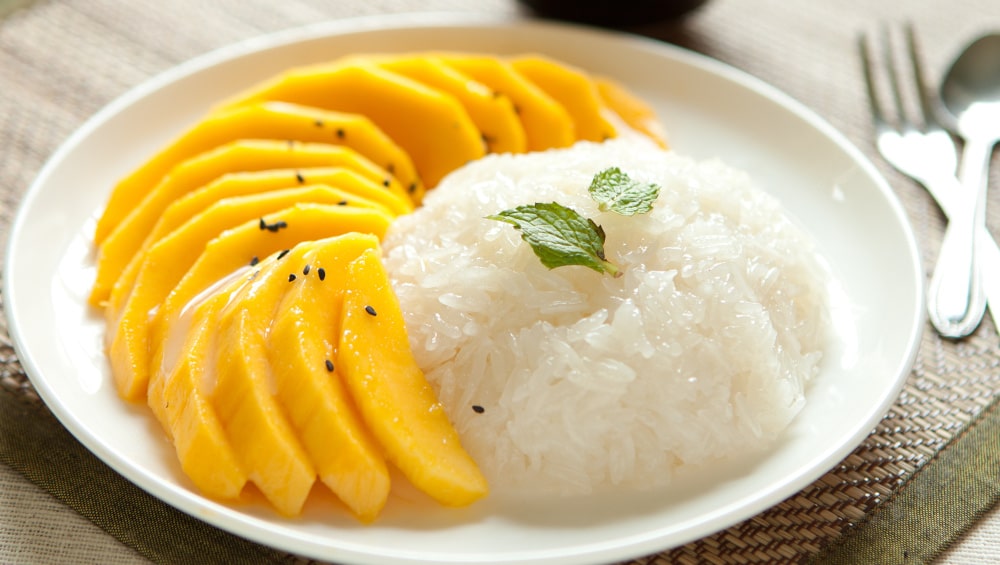
Or Lam
Or Lam is a flavorful and aromatic Lao stew made with a mix of vegetables, including beans, eggplant, lemongrass, wild mushrooms, and the distinctive Mai Sakaan spice. Infused with chili and cinnamon for a fiery kick, this dish is often cooked with beef, chicken, or buffalo to enhance its rich taste. It is traditionally enjoyed with Lao sticky rice, making for a hearty and satisfying meal.
Larb
Larb, also known as minced meat salad, is a must-try dish when visiting Laos. This flavorful specialty is made with minced pork (or other meats) and seasoned with fish sauce, lime juice, and chili for a perfect balance of savory and tangy flavors. It is then garnished with fresh mint, cilantro, and green onions, adding a refreshing touch. Often served with sticky rice, Larb is a staple of Lao cuisine that you won’t want to miss.
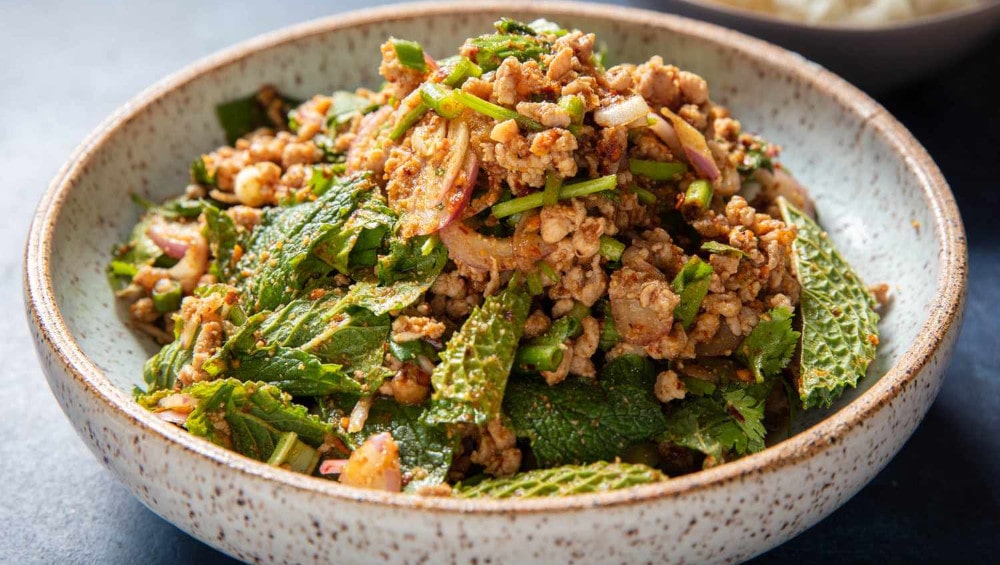
Sai Oo-ah (Sai Ua)
Sai Oo-ah (Sai Ua) is a Lao dish so delicious that you might find yourself ordering a second plate right away. Many food lovers even claim it’s “worth visiting Laos just to try this dish.” This flavorful fried or grilled sausage has a sweet, slightly oily taste that pairs perfectly with fresh herbs and sticky rice. Traditionally served hot on a banana leaf, Sai Oo-ah is a must-try for anyone exploring Lao cuisine.
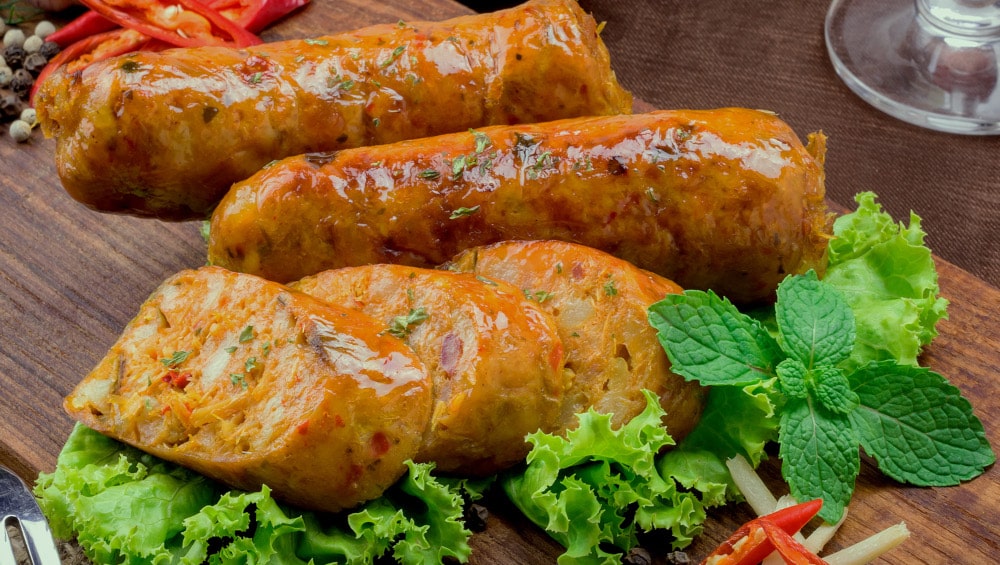
Tam Mak Hoong
Tam Mak Hoong, also known as papaya salad, is a harmonious mix of spicy, tangy, salty, and sweet flavors. It features shredded green papaya along with other fresh ingredients like green mango or banana, all tossed in a flavorful dressing made from fish sauce, chili, lime juice, salt, and sugar. This dish is a must-try for those looking to experience the vibrant tastes of Lao cuisine.
Sien Savanh
Lao-style beef jerky, known as Sien Savanh, is a popular snack often enjoyed with beer. Made from beef or buffalo, the meat is marinated in a flavorful blend of garlic, fish sauce, ginger, sesame seeds, sugar, salt, and black pepper before being sun-dried. For an extra smoky aroma, locals traditionally grill it over an open flame. This savory treat pairs perfectly with sticky rice or a side of spicy chili sauce.
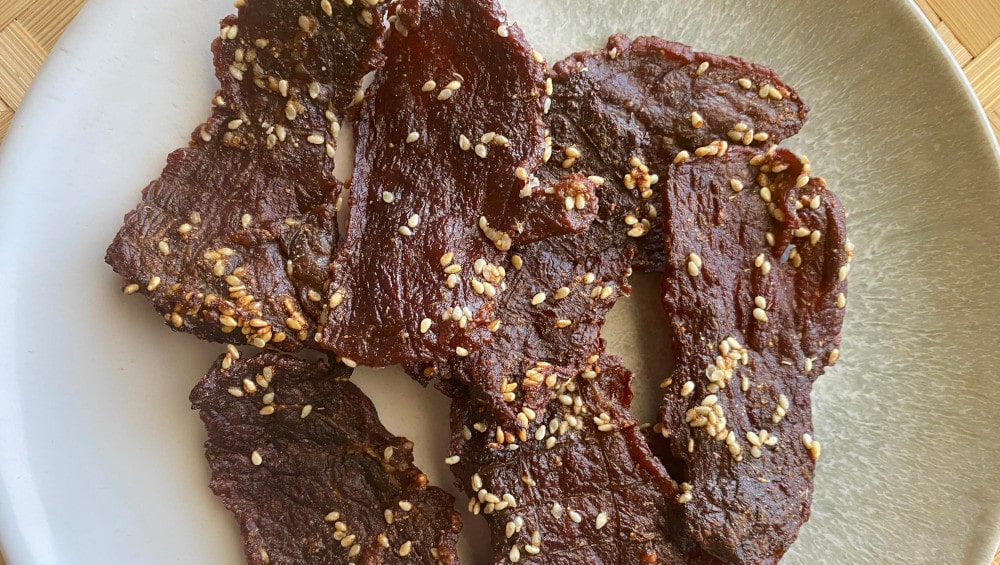
With these essential Laos travel tips, you’ll be well-prepared to make the most of your journey through this enchanting country. Whether you’re exploring ancient temples, savoring local delicacies, or immersing yourself in Laos’ rich culture, a well-planned trip ensures a truly unforgettable experience. Need assistance crafting the perfect Laos itinerary? Style Travel is here to help – contact us today to start planning your adventure!





